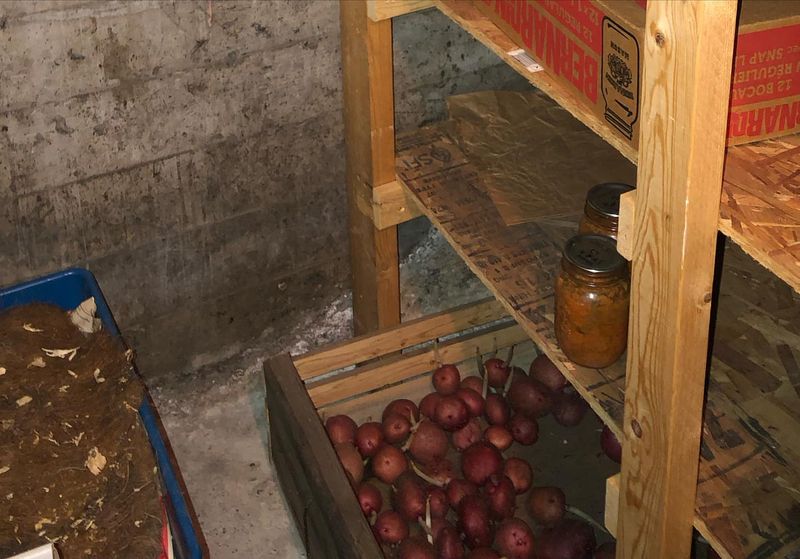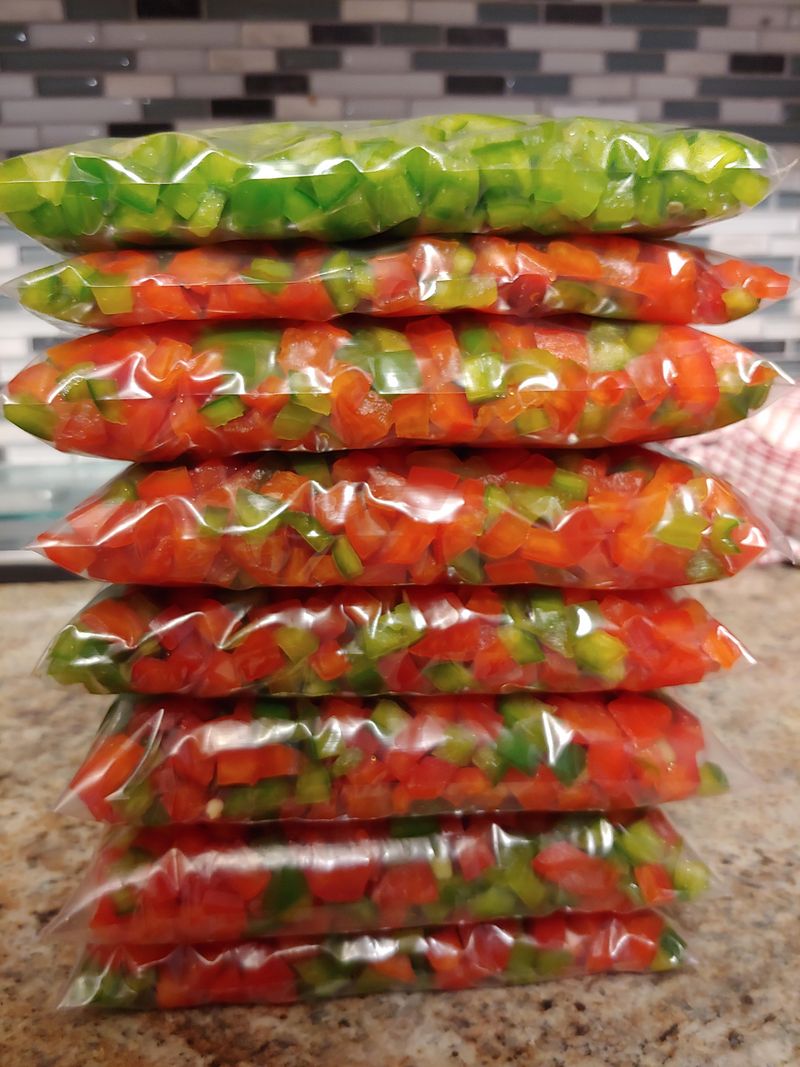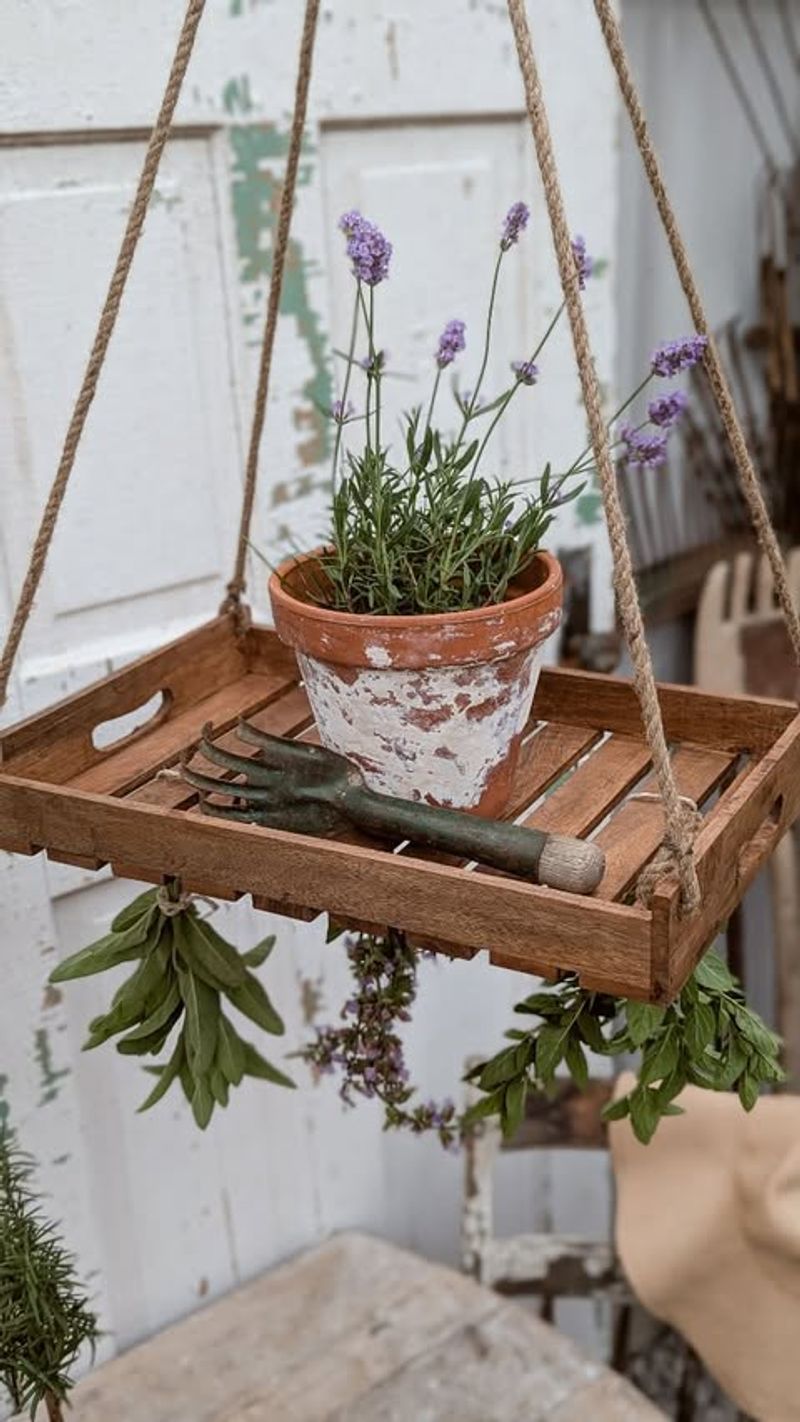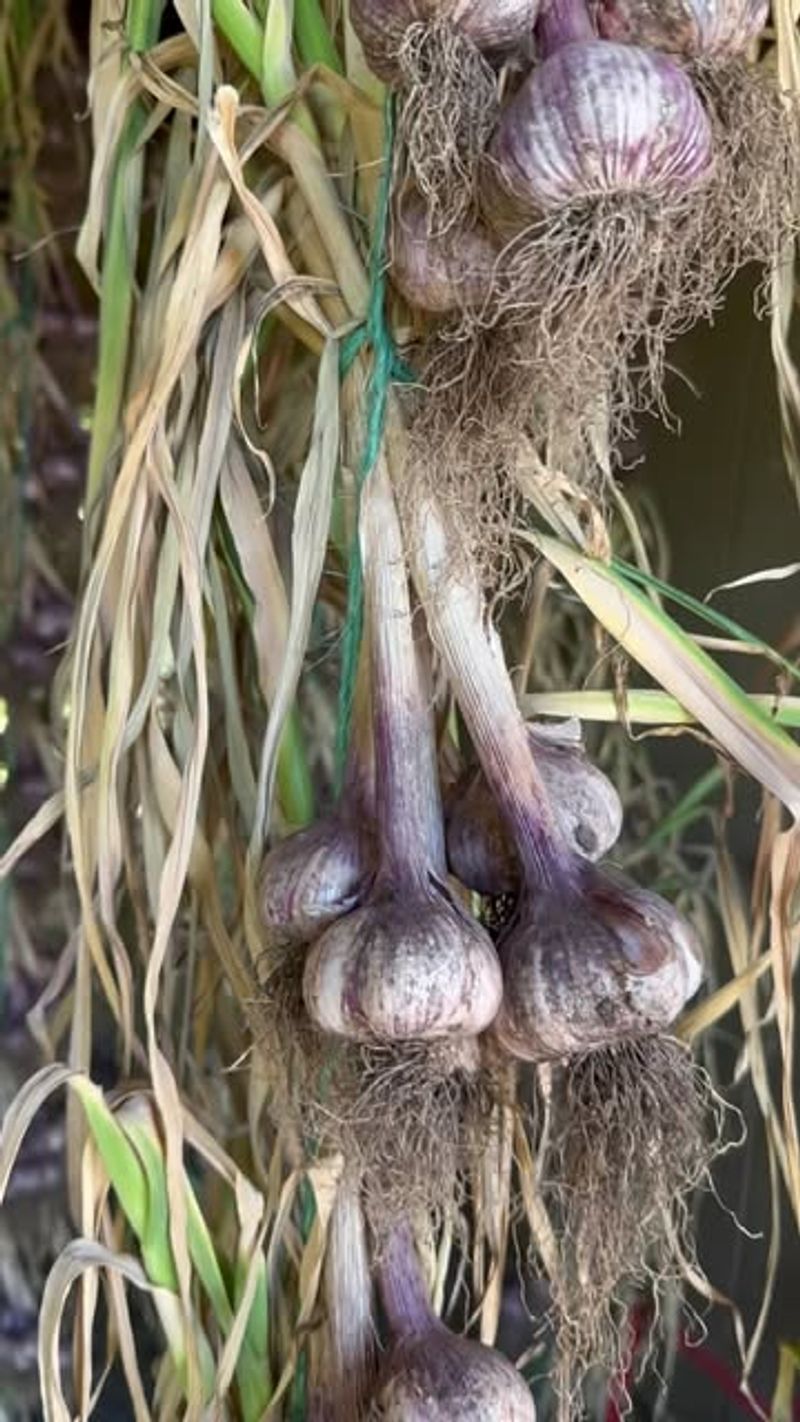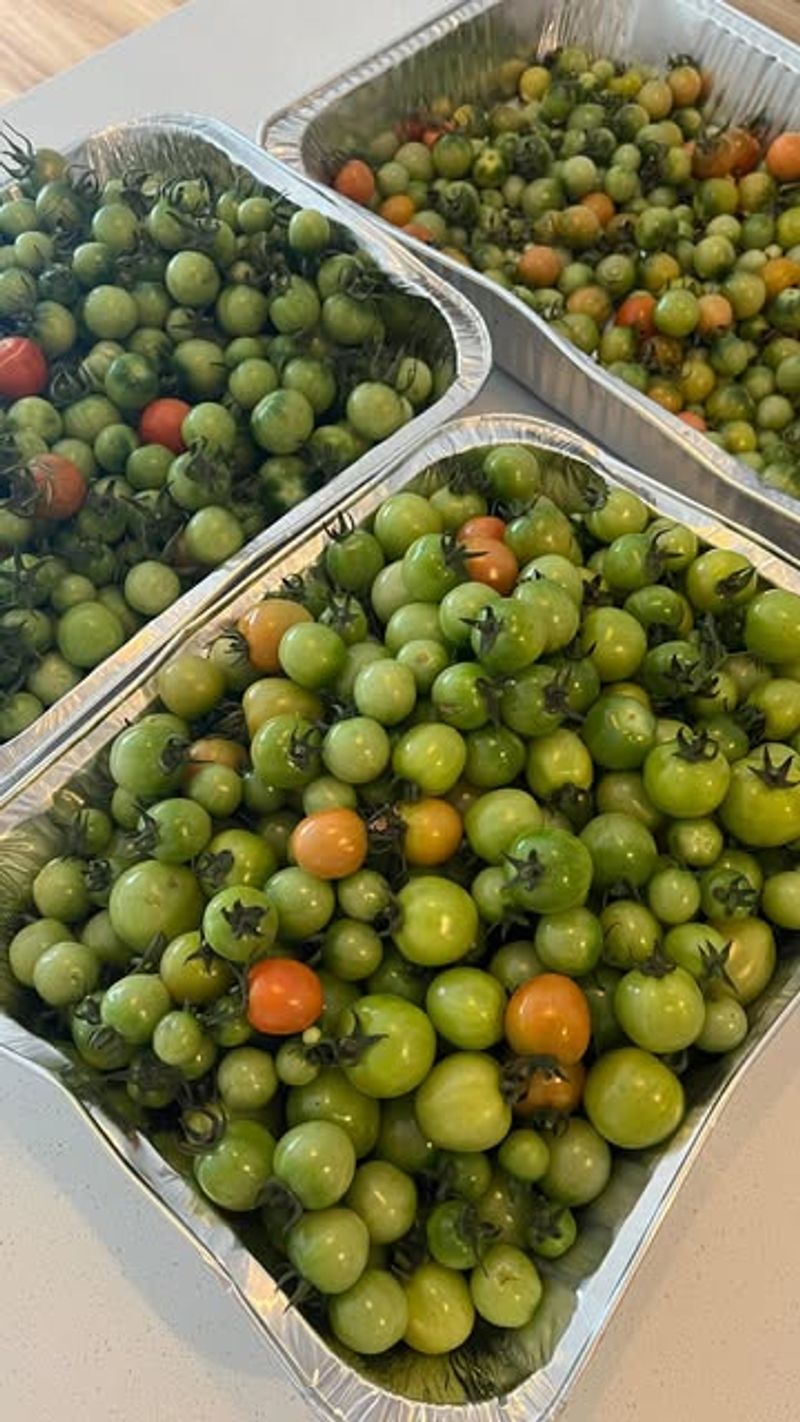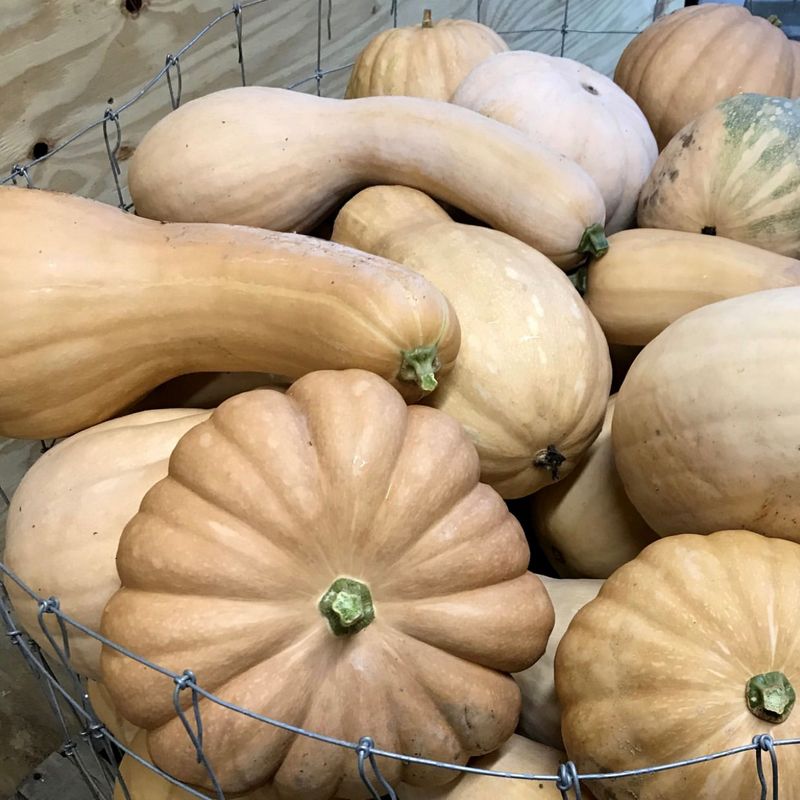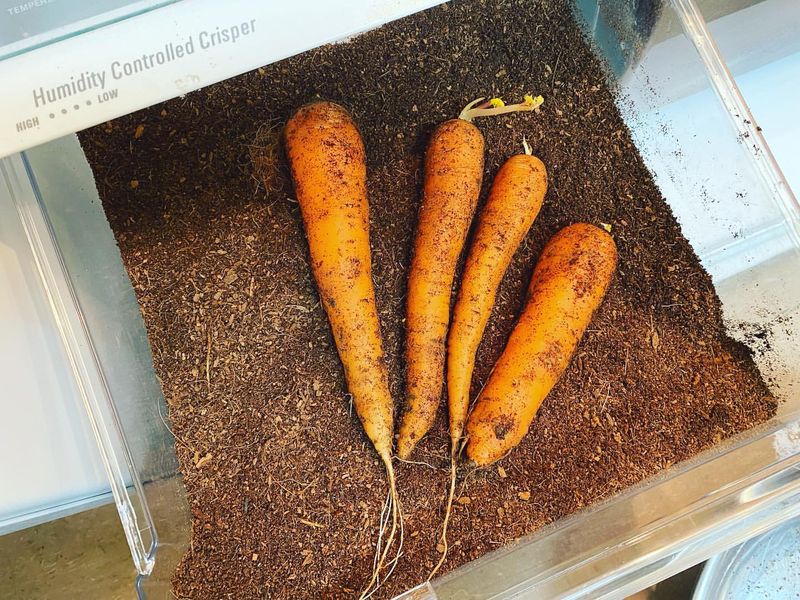Keeping garden produce fresh longer in Colorado can make all the difference after a busy harvest. I’ve experimented with a few simple storage tricks that really help fruits and veggies stay crisp and flavorful.
With the right temperature, moisture, and a little prep, your harvest can last weeks instead of days. It’s so satisfying to enjoy homegrown goodness well after picking it.
I’ll share the methods that keep my garden produce fresh and tasty for as long as possible.
1. Root Cellar Magic
Nothing beats a traditional root cellar for long-term storage in Colorado’s variable climate. The natural cooling and humidity underground keeps potatoes, carrots, and beets fresh for months.
Many Colorado homeowners convert a corner of their basement or a north-facing outdoor dugout. The ideal temperature hovers between 32-40°F with 85-95% humidity.
2. Onion Braiding
Forget plastic bags that trap moisture and speed decay. Try braiding onions by their dried stems instead! This old-school technique allows air circulation while keeping them organized.
Colorado’s dry climate actually works in your favor here. Hang the braids in a cool, dry spot away from direct sunlight, and your onions could last up to six months.
3. Freezer Preparation
Colorado’s growing season yields bumper crops that can overwhelm your kitchen. Blanching vegetables before freezing preserves color, texture, and nutrients for months.
Simply dip vegetables in boiling water briefly, then plunge into ice water. The high altitude in Colorado means adjusting blanching times—add about 1 minute to standard recommendations for best results.
4. Canning Mastery
Water bath canning works wonderfully for acidic Colorado tomatoes and fruit preserves. The process creates a vacuum seal that prevents spoilage without refrigeration.
Living in Colorado means adjusting for altitude! Add 5 minutes to processing time for every 1,000 feet above sea level. This compensation ensures safe preservation despite our mountain state’s thinner air.
5. Herb Drying
Colorado’s naturally dry climate creates perfect conditions for herb preservation. Bundle small batches of basil, oregano, or thyme with twine and hang upside down in a well-ventilated area.
Unlike humid states, herbs dry quickly here—usually within a week. Store completely dried herbs in airtight containers away from light to maintain flavor throughout our long Colorado winters.
6. Garlic Storage
Cure freshly harvested garlic by laying it in a single layer in a dry, shaded spot with good airflow. Colorado’s low humidity helps this process tremendously.
After two weeks, trim the roots and braid or cut stems, leaving an inch above the bulb. Stored in mesh bags in a cool, dark place, Colorado-grown garlic often stays firm and flavorful until next year’s harvest.
7. Tomato Ripening
Green tomatoes picked before Colorado’s early frosts need special handling. Place them stem-side down in a single layer in cardboard boxes, not touching each other.
Cover with newspaper and store at 55-70°F. Check weekly, removing ripened ones and any showing signs of rot. This method has saved countless tomatoes from frost for Colorado gardeners across the state.
8. Apple Wrapping
Individually wrapping apples in newspaper prevents one bad apple from spoiling the bunch. The paper creates a barrier against ethylene gas that accelerates ripening.
Many Colorado apple enthusiasts store wrapped fruit in cardboard boxes in a garage or basement that stays above freezing. Check monthly for any soft spots—Colorado-grown varieties like Honeycrisp can last until spring this way!
9. Squash Curing
Winter squash needs proper curing to develop sweetness and extend shelf life. After harvesting, place butternut, acorn, or pumpkins in a warm (80-85°F), sunny spot for 10-14 days.
This process hardens the skin and heals minor cuts. Colorado’s sunny fall days are perfect for this! Once cured, store in a single layer (not touching) in a cool, dry place around 50-55°F.
10. Humidity Control
Colorado’s arid climate can quickly dehydrate leafy greens and root vegetables. Create humidity zones in your refrigerator using perforated plastic bags or containers lined with damp paper towels.
For root cellar storage, place open containers of water nearby or dampen sand in storage bins. Monitoring humidity levels is crucial—Colorado’s dry air can pull moisture from produce faster than in other states.


